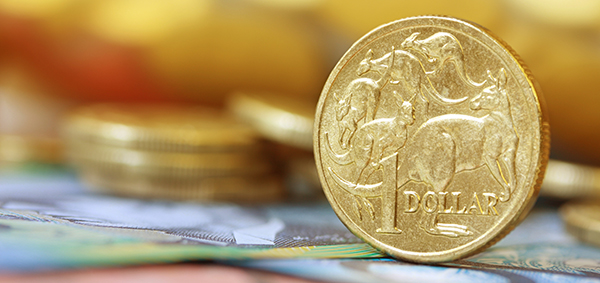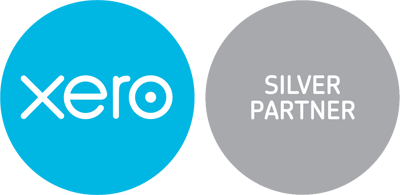Where's the cash? We didn't make that much?!

A comment that I frequently hear when reviewing a person’s accounts and taxation returns is “… that can’t be right, we don’t have any money … where has all the cash gone if we made that much profit …”
Sound familiar?
So, where did the money go?
Firstly we need to look at the business to see where the cash has been used. For example:
-
Did you buy any new equipment? While depreciation will be included as an expense, the cost of the equipment (if not financed) will have used up some of the cash.
-
Have your Debtors increased? If you have more people owing you money now than at the start of the year that too is taking up some of the cash.
-
Do you hold more Stock now? Increases in the amount of inventory held also means some of the cash generated has been used by the business.
-
Have your Creditors reduced? If the amount you owe to your suppliers has reduced this too is where some of the cash has gone.
-
Did you pay off loans, overdraft or credit cards used by the business?
-
Have you been repaying the ATO either GST or Tax debts from prior years?
Secondly we need to look at your drawings from the business.
You have lived for the past 12 months which means you used money to buy food, pay for your household living costs and other private expenses, children’s education, and holidays … all taking some of the cash.
One thing I have noticed with many business owners is that they “draw” money from the business when it is there and often don’t know how much they have taken for living expenses. This is especially the case in business were the Cashflow is not steady. For example builders may only receive one payment per month and often draw out lump sums after this has been received.
When reviewing the drawing transactions they are often surprised how much they have taken. To help, setting a regular wage or drawing can assist you greatly in preserving the cashflow of your business.
Thirdly we need to look at the timing.
One of the issues with preparing financial accounts annually is that they only show the past events. Circumstances often change such as a slowdown in sales in the months after year end will use up any cash that you may have saved.
Therefore the more up-to-date your financial information is the better we can understand your business, Cashflow and make decisions accordingly.
This is made possible through modern accounting systems such as Xero, MYOB and other. The profitability and cashflow of a business can therefore be monitored more accurately and regulary.
Remember, we’re here to help you understand your business and cashflow and if you have any questions please don’t hesitate to call.



